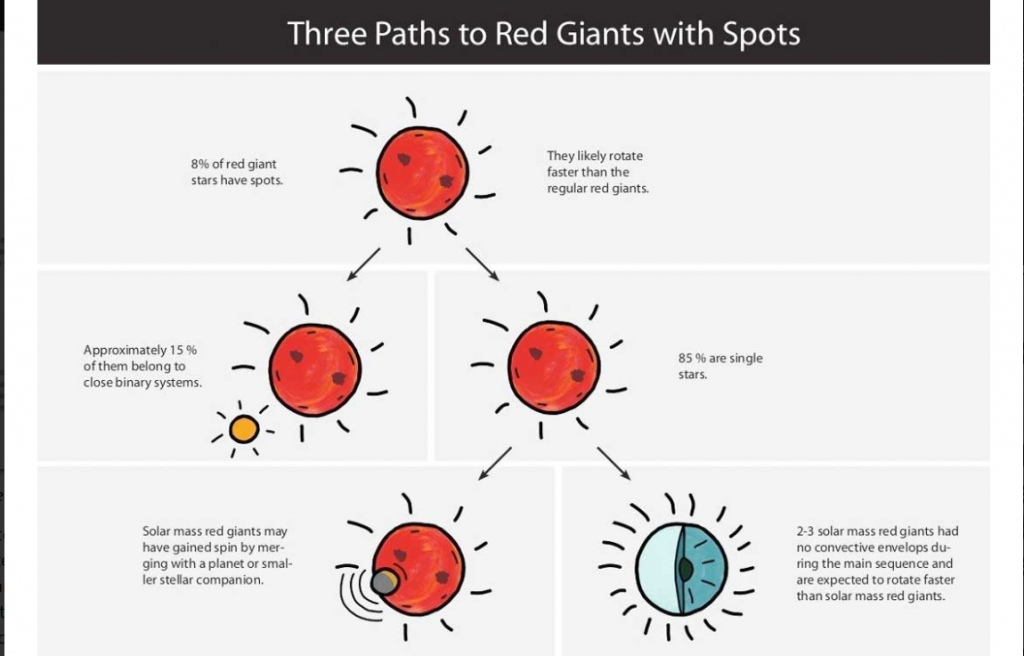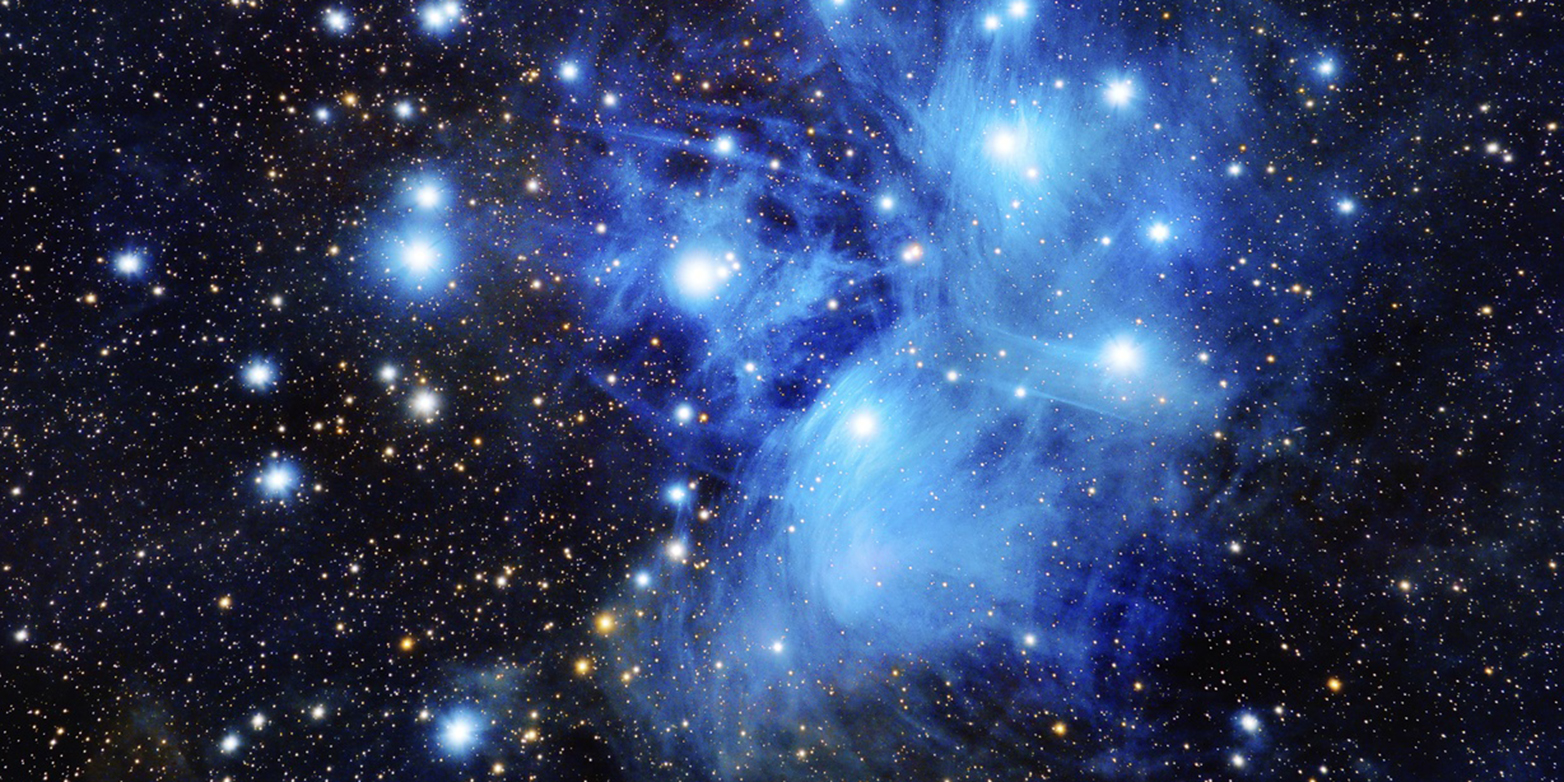
© superbossa.com / MPP
The MAGIC telescopes have observed the nova RS Ophiuchi shining brightly in gamma rays at extremely high energy. The Gamma rays emanate from protons that are accelerated to very high energies in the shock front following the explosion. This suggests that novae are also a source of the ubiquitous cosmic radiation in the universe which consists mainly of protons rich in energy, which race through space at almost the speed of light.
Light on, light off — this is how one could describe the behavior of the nova, which goes by the name RS Ophiuchi (RS Oph)...
Read More








Recent Comments